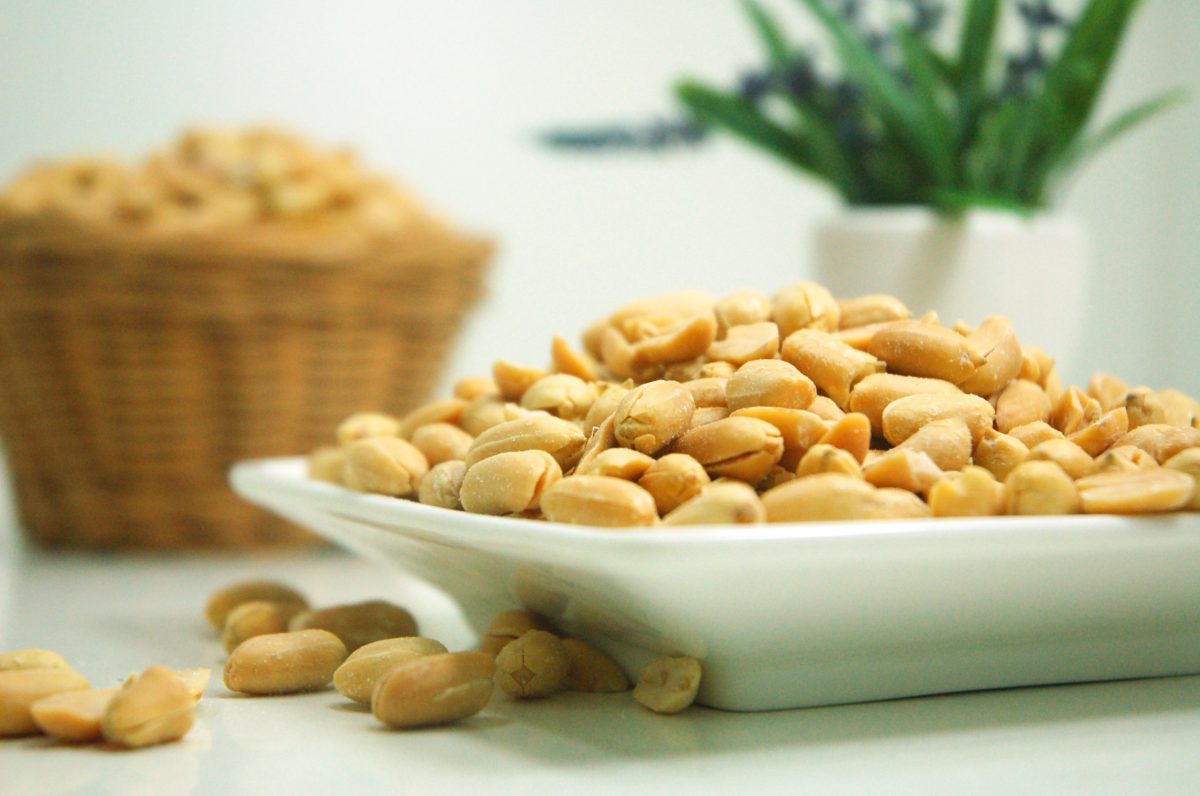Experts Find Gene Mechanism for Peanut Allergy Remission, Potential Uses for Other Allergies
Researchers from the Murdoch Institute have identified the genetic mechanism behind their peanut allergy remission therapy, with the potential for it to be applicable across other allergies.“What we found was profound differences in network connectivity patterns between children who were allergic and those who were in remission,” said lead researcher Dr. Mimi Tang on May 24. The institute previously developed a combinational treatment of probiotic and oral peanut immunotherapy that could successfully induce remission in around half of the participants. Around 75 percent of all participants were able to eat a serving of peanuts without any symptoms after the treatment whilst the remaining quarter of participants were observed to have increased tolerance to the allergen. The oral peanut immunotherapy was scheduled with incremental dosage increases to build tolerance whereas probiotics were administered to reduce gastrointestinal symptoms for participants. However, despite the therapy being mostly successful, Tang said that “the immunological changes leading to remission of peanut allergy were largely unknown.” Therefore, the institute conducted a study to examine the genetic differences between the participants who went into remission compared to those that were still allergic to peanuts. Tang said that for individuals allergic to peanuts, exposure to peanuts will activate the immune system, and activate genes associated with the allergic response. “These allergy genes have a lot of chatter going on and they’re telling the immune system to generate this allergy response,” said Tang on Channel 7. The researchers observed that for allergic individuals, genetic pathways are segregated into separate pathways rather than communicating with each other. T helper 2 (Th2) cells; responsible for activating cells that cause allergies, have genes that only interconnect and activate genes within the Th2 pathway and interferons; messenger chemicals in the immune system, are also only communicating within their own genetic pathway. However, the researchers observed that patients that have induced remission have both Th2 and interferon gene pathways communicating together to form one circuit pathway rather than two separate pathways, “completely” dismantling the original network. The new pathways formed will activate genes that have regulatory functions “driving forth a more tolerance type response.” Similar genetic mechanism changes were also observed in remission patients for house dust mite allergies despite widely different treatments and allergy mechanisms, therefore the researchers believe that they have identified an underlying genetic mechanism for allergies and speculate that this mechanism will also be applicable to other allergies. Tang and the study’s authors cautioned though, that whilst they have found a way to “switch off” the genes responsible for the allergy, there are no promises of a long-term cure. “Our findings pave the way for new approaches to monitor therapeutic responses during food immunotherapy and identify candidate pathways that can be targeted to improve treatment efficacy,” concluded the authors.

Researchers from the Murdoch Institute have identified the genetic mechanism behind their peanut allergy remission therapy, with the potential for it to be applicable across other allergies.
“What we found was profound differences in network connectivity patterns between children who were allergic and those who were in remission,” said lead researcher Dr. Mimi Tang on May 24.
The institute previously developed a combinational treatment of probiotic and oral peanut immunotherapy that could successfully induce remission in around half of the participants.
Around 75 percent of all participants were able to eat a serving of peanuts without any symptoms after the treatment whilst the remaining quarter of participants were observed to have increased tolerance to the allergen.
The oral peanut immunotherapy was scheduled with incremental dosage increases to build tolerance whereas probiotics were administered to reduce gastrointestinal symptoms for participants.
However, despite the therapy being mostly successful, Tang said that “the immunological changes leading to remission of peanut allergy were largely unknown.”
Therefore, the institute conducted a study to examine the genetic differences between the participants who went into remission compared to those that were still allergic to peanuts.
Tang said that for individuals allergic to peanuts, exposure to peanuts will activate the immune system, and activate genes associated with the allergic response.
“These allergy genes have a lot of chatter going on and they’re telling the immune system to generate this allergy response,” said Tang on Channel 7.
The researchers observed that for allergic individuals, genetic pathways are segregated into separate pathways rather than communicating with each other.
T helper 2 (Th2) cells; responsible for activating cells that cause allergies, have genes that only interconnect and activate genes within the Th2 pathway and interferons; messenger chemicals in the immune system, are also only communicating within their own genetic pathway.
However, the researchers observed that patients that have induced remission have both Th2 and interferon gene pathways communicating together to form one circuit pathway rather than two separate pathways, “completely” dismantling the original network.
The new pathways formed will activate genes that have regulatory functions “driving forth a more tolerance type response.”
Similar genetic mechanism changes were also observed in remission patients for house dust mite allergies despite widely different treatments and allergy mechanisms, therefore the researchers believe that they have identified an underlying genetic mechanism for allergies and speculate that this mechanism will also be applicable to other allergies.
Tang and the study’s authors cautioned though, that whilst they have found a way to “switch off” the genes responsible for the allergy, there are no promises of a long-term cure.
“Our findings pave the way for new approaches to monitor therapeutic responses during food immunotherapy and identify candidate pathways that can be targeted to improve treatment efficacy,” concluded the authors.












